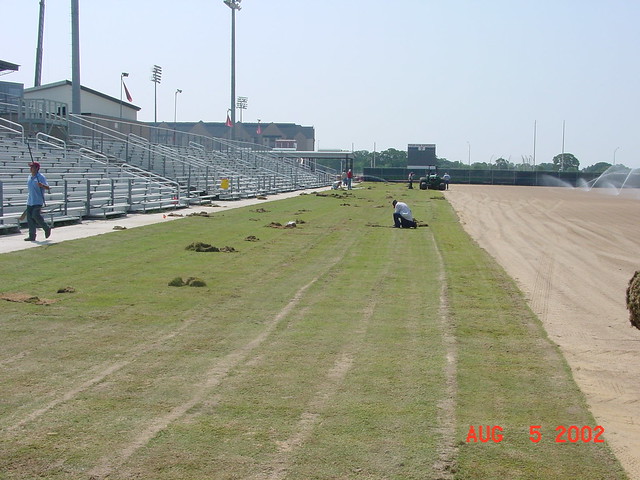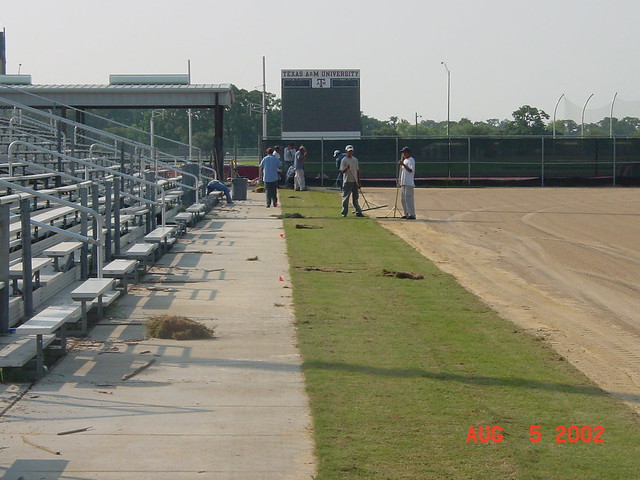Road Reinforcement Geocell: Enhancing Road Infrastructure Support
Road reinforcement geocells are a revolutionary product used for enhancing road subgrade stability and overall infrastructure support. These geocells Road reinforcement geocell , also known as geosynthetics, play a crucial role in improving the performance of roads by providing strength and durability to the subgrade layer. They are typically manufactured using high-density polyethylene (HDPE) material that is l Geotextile-based road reinforcement grid ightweight yet incredibly strong.
The manufacturing process of road reinforcement geocells involves extruding HDPE sheets into a three-dimensional honeycomb structure. This unique design allows for ea Road reinforcement geocell sy installation on various types of terrain while effectively distributing loads and promoting soil confinement. Additionally, some geocells feature a Geotextile-based road reinforcement grid combined with an infrastructure support geocell to further enhanc Infrastructure support geocell e performance.
One key advantage of using road reinforcement geocells is their ability to reduce construction costs significantly. By stabilizing the soil and minimizing the need for extensive excavation and fill materials, these geosynthetics offer a cost-effective sol Road reinforcement geocell ution for road rehabilitation projects. Furthermore, their flexible nature allows them to adapt to changing ground conditions without compromising structural integrity.
When it comes to selec Geosynthetic clay liner ting the right type of road reinforcement geocell, factors such as load capacity, cell depth, and aperture size should be taken into consideration. For instance, roads experiencing heavy traffic volumes may require a higher-strength geogrid like Uniaxial Plastic Geogrid embedded within the st Uniaxial Plastic Geogrid ructure. On the other hand, areas prone Road subgrade enhancement geocell to erosion may benefit from incorporating a geomembrane liner or Geosynthetic clay liner for added protection.
In terms of usage, road reinforcement geocells are typically placed directly on the prepared subgrade before compacting aggregate layers above them. It is essential to ensure proper connec

tion between adjacent cells using interlocking mechanisms or welding techniques for maximum efficiency. Regular maintenance checks should also be conducted to monitor any signs of deformation or da

mage over time.
In conclusion, Road reinforcement geocells offer an innovative solution for enhancing roadway stability and prolonging pavement life expectancy.
Their ease of installation,
cost-effectiveness,
and versatility make them a preferred choice among engineers
seeking sustainable infrastructure solutions.
By incorporating these

advanced materials
into construction projects,
we can create stronger
and more resilient transportation networks that withstand environmental challenges effectively.
Whether it’s repairing exist geomembrane liner ing roads or constructing new ones,
road reinforceme设置languageent geco首clls will continue
to play a vital role in shaping our future built environment。
